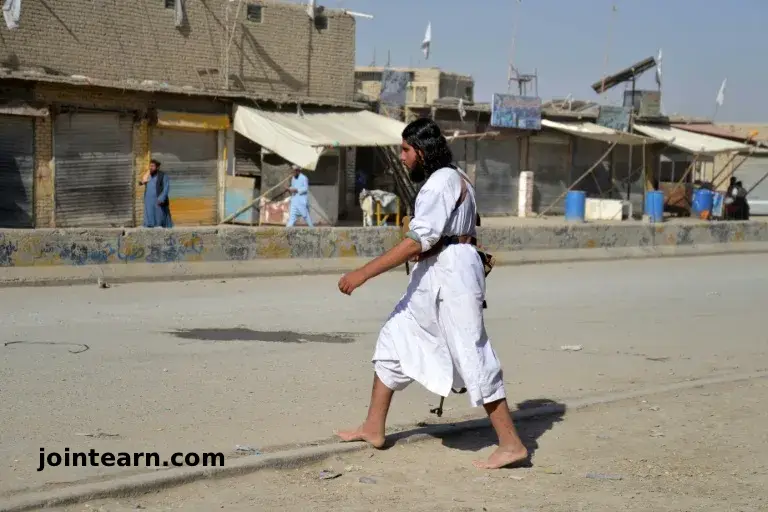
A 48-hour ceasefire between Afghanistan and Pakistan took effect Wednesday evening, following days of deadly cross-border clashes that killed dozens of civilians and troops, officials said. The truce was announced by both governments, with each asserting that the other requested it to halt escalating violence.
Scenes of Chaos in Spin Boldak and Chaman
In Spin Boldak, southern Afghanistan, residents described scenes of “total chaos” as fighting erupted early Wednesday. Homes and businesses were hit, prompting civilians to flee. Local resident Sadiq said, “Houses were fired upon, including my cousin’s. His son and wife were killed, and four of his children were wounded.”
Across the border in Chaman, Pakistan, civilians also reported pre-dawn clashes that left families terrified. Raaz Muhammad, 51, said, “Our children and women were screaming. It was total chaos.”
Toll of the Fighting
The Afghan Taliban reported that 15 civilians were killed and dozens wounded near Spin Boldak, with 2–3 fighters also killed. Pakistani officials claimed roughly 20 Taliban fighters were killed in assaults near Spin Boldak and said about 30 more casualties occurred in clashes along the northwest border.
Earlier fighting had already claimed at least 23 Pakistani troops. In a separate incident, seven Pakistani frontier troops were killed by the Ittehad-ul-Mujahideen armed group in an attack on a checkpoint.
Civilians in Kabul were also affected by explosions, which Taliban authorities attributed to an oil tanker and generator, though Pakistani sources claimed “precision strikes” targeted militants and Taliban bases. An Italian NGO, Emergency, reported five deaths and 35 wounded from these blasts.
Origins of the Clashes
The latest hostilities stemmed from longstanding tensions along the Durand Line, with Islamabad accusing Kabul of harboring militants, including the Pakistani Taliban (TTP), responsible for frequent attacks on Pakistani forces. The Afghan Taliban denies these claims and says Pakistan has provoked border tensions while sheltering ISIS-linked militants.
The recent clashes began after the Taliban launched an offensive along the southern border in Kandahar province, prompting Pakistan to vow a forceful response.
Ceasefire and International Response
The temporary ceasefire, effective 6:00 pm Islamabad time (1300 GMT), is intended to allow both sides to pursue “constructive dialogue” toward a lasting solution. Taliban officials ordered their forces to respect the truce unless violated by Pakistani forces.
UN rights chief Volker Turk welcomed the ceasefire, urging both sides to protect civilians and commit to a sustainable resolution. Major regional powers, including Saudi Arabia and Qatar, called for calm amid fears that escalating violence could destabilize South Asia further.
Humanitarian and Economic Impact
Border closures have disrupted trade, leaving trucks stranded and hampering the flow of essential goods into Afghanistan. Pakistan remains a critical source of food, medical supplies, and other essentials for landlocked Afghanistan.
Explosions and skirmishes damaged infrastructure and caused blackouts in Kabul, complicating relief efforts. Hospitals reported a surge of casualties with shrapnel wounds, burns, and blunt trauma.
Leave a Reply